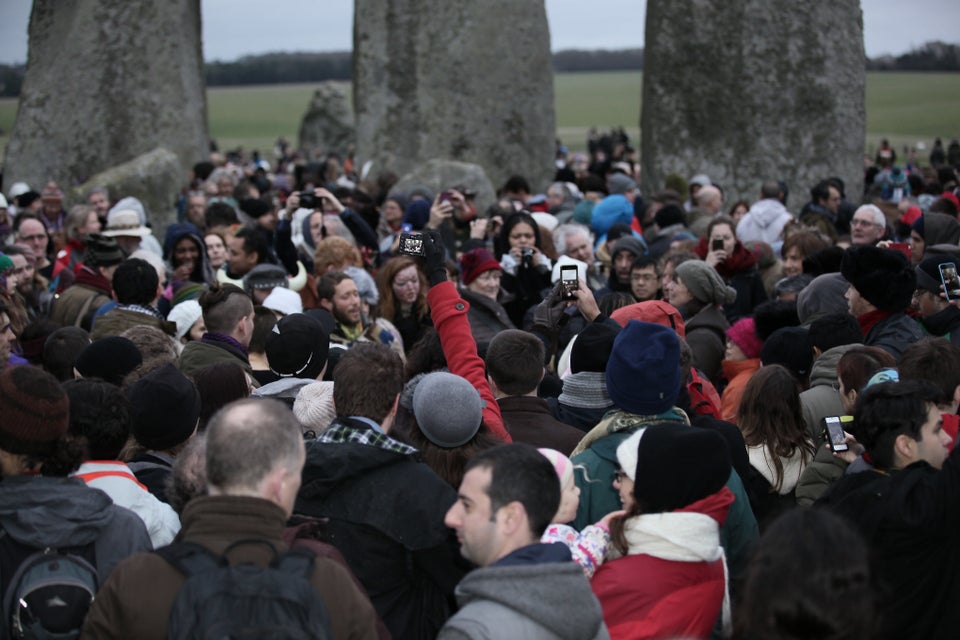In 2014, the winter solstice in the Northern Hemisphere will begin on Dec. 21 at 6:03 p.m. EST. To calculate the turning point in your time zone, click here.
Officially the first day of winter, the winter solstice occurs when the North Pole is tilted 23.5 degrees away from the sun. This is the longest night of the year, meaning that despite the cold winter, the days get progressively longer after the winter solstice until the summer solstice in 2015.
The winter solstice is celebrated by many people around the world as the beginning of the return of the sun, and darkness turning into light. The Talmud recognizes the winter solstice as "Tekufat Tevet." In China, the Dongzhi Festival is celebrated on the Winter Solstice by families getting together and eating special festive food.
Until the 16th century, the winter months were a time of famine in northern Europe. Most cattle were slaughtered so that they wouldn't have to be fed during the winter, making the solstice a time when fresh meat was plentiful. Most celebrations of the winter solstice in Europe involved merriment and feasting. In pre-Christian Scandinavia, the Feast of Juul, or Yule, lasted for 12 days celebrating the rebirth of the sun god and giving rise to the custom of burning a Yule log.
In ancient Rome, the winter solstice was celebrated at the Feast of Saturnalia, to honor Saturn, the god of agricultural bounty. Lasting about a week, Saturnalia was characterized by feasting, debauchery and gift-giving. With Emperor Constantine's conversion to Christianity, many of these customs were later absorbed into Christmas celebrations.
One of the most famous celebrations of the winter solstice in the world today takes place in the ancient ruins of Stonehenge, England. Thousands of druids and pagans gather there to chant, dance and sing while waiting to see the spectacular sunrise.
Pagan author T. Thorn Coyle wrote in a 2012 HuffPost article that for many contemporary celebrants, solstices "are a chance to still ourselves inside, to behold the glory of the cosmos, and to take a breath with the Sacred."
In the Northern hemisphere, friends gather to celebrate the longest night. We may light candles, or dance around bonfires. We may share festive meals, or sing, or pray. Some of us tell stories and keep vigil as a way of making certain that the sun will rise again. Something in us needs to know that at the end of the longest night, there will be light.
In connecting with the natural world in a way that honors the sacred immanent in all things, we establish a resonance with the seasons. Ritual helps to shift our consciousness to reflect the outer world inside our inner landscape: the sun stands still within us, and time changes. After the longest night, we sing up the dawn. There is a rejoicing that, even in the darkest time, the sun is not vanquished. Sol Invictus -- the Unconquered Sun -- is seen once again, staining the horizon with the promise of hope and brilliance.
This year the Circle Sanctuary, a prominent U.S. pagan organization headed by Selena Fox, will observe the solstice with an interfaith celebration on Friday Dec. 19 complete with musical performances, meditation and storytelling. Patheos also published an article Tuesday with five ideas for celebrating the solstice with kids, including "create a solstice altar" and "craft ornaments together."
